With three production shifts at maximum capacity, Russian manufacturers began to accelerate the construction of unmanned combat vehicles (UACVs), to make up for their major shortcomings on the battlefield in the past time.
Since the outbreak of the Russian-Ukrainian conflict, which has lasted for more than 4 months, the Russian Army has revealed many problems in weapons, tactics and training. But as a military power, Russia has the resources to make adjustments.

Among the weaknesses that the Russian Army has exposed during the conflict, is the serious shortage of unmanned aerial vehicles (UAVs), which can fly for a long time. Therefore, Russian manufacturers have recently begun to produce three rare cases, in order to speed up the production of this type of UAV.
On June 30, Russia’s “Kommersant” newspaper reported that Kronstadt (Кронштадт), the main Russian military UAV manufacturer, was assigned by the Russian Ministry of Defense to produce medium-range UAVs, to meet the requirements of Russia’s special military operation in Ukraine.
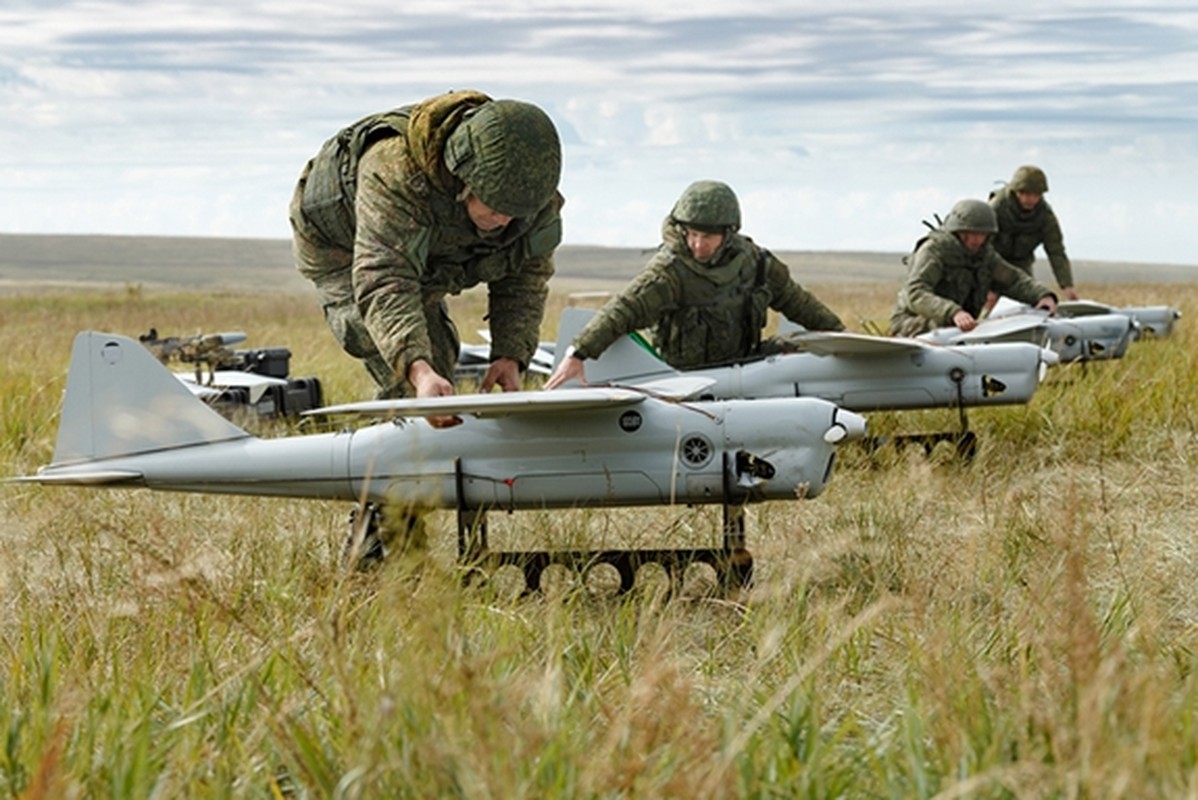
Currently the Kronstadt Company has a large manufacturing plant in Dubna, north of Moscow. Kronstadt workers have started production in three shifts day and night; at the same time continuously recruiting workers.
The company Kronstadt was formerly known as “Dubna Machinery Factory.” It was named after Hero of the Soviet Army NP Fedorov, founded in early 1939. It was also the main design basis of Soviet tactical missiles for decades.
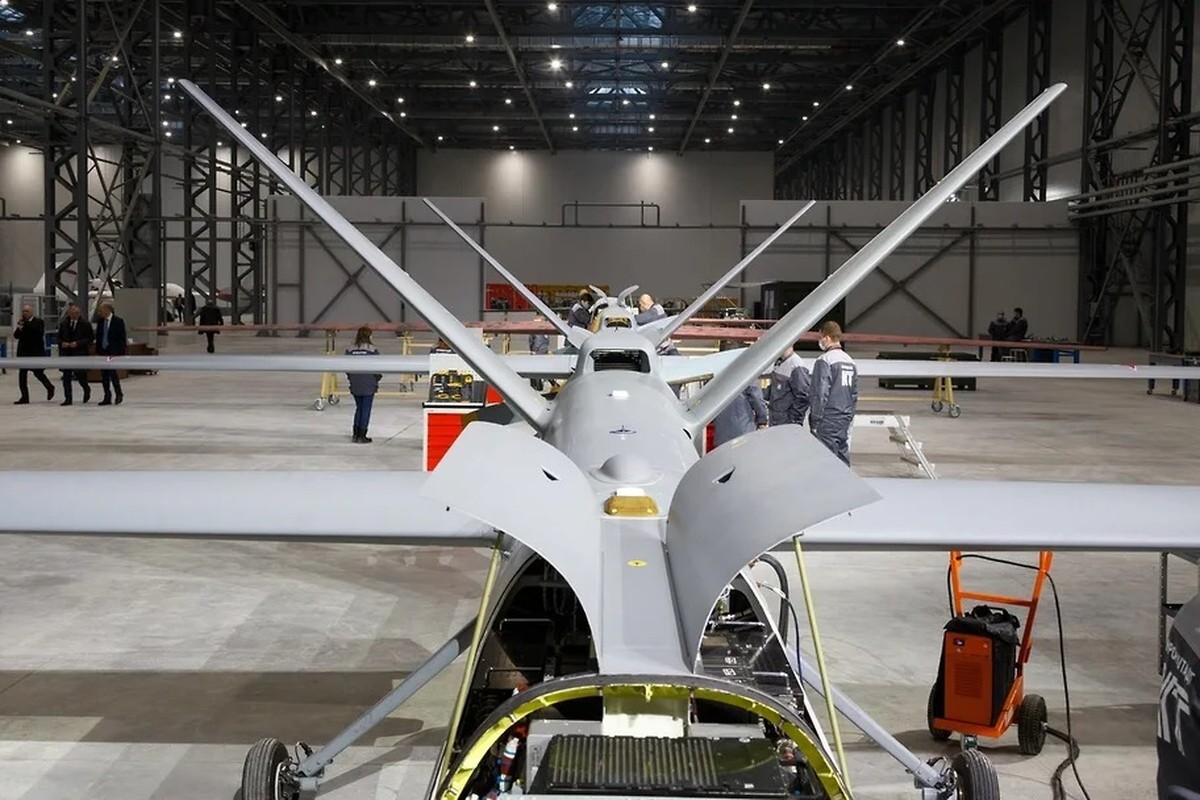
The “Dubna Machinery Factory”, which designed the Kh-22 (AS-4 “Kitchen”) heavy anti-ship missile, recently hit the Kremenchug shopping center in Ukraine on June 26. After After the dissolution of the Soviet Union, the “Dubna Machinery Factory” was acquired by the private company Kronstadt.
In 2021, a new drone production line has been built next to the old Kronstadt company’s factory, and the “Orion” UAV is now produced in three consecutive shifts.
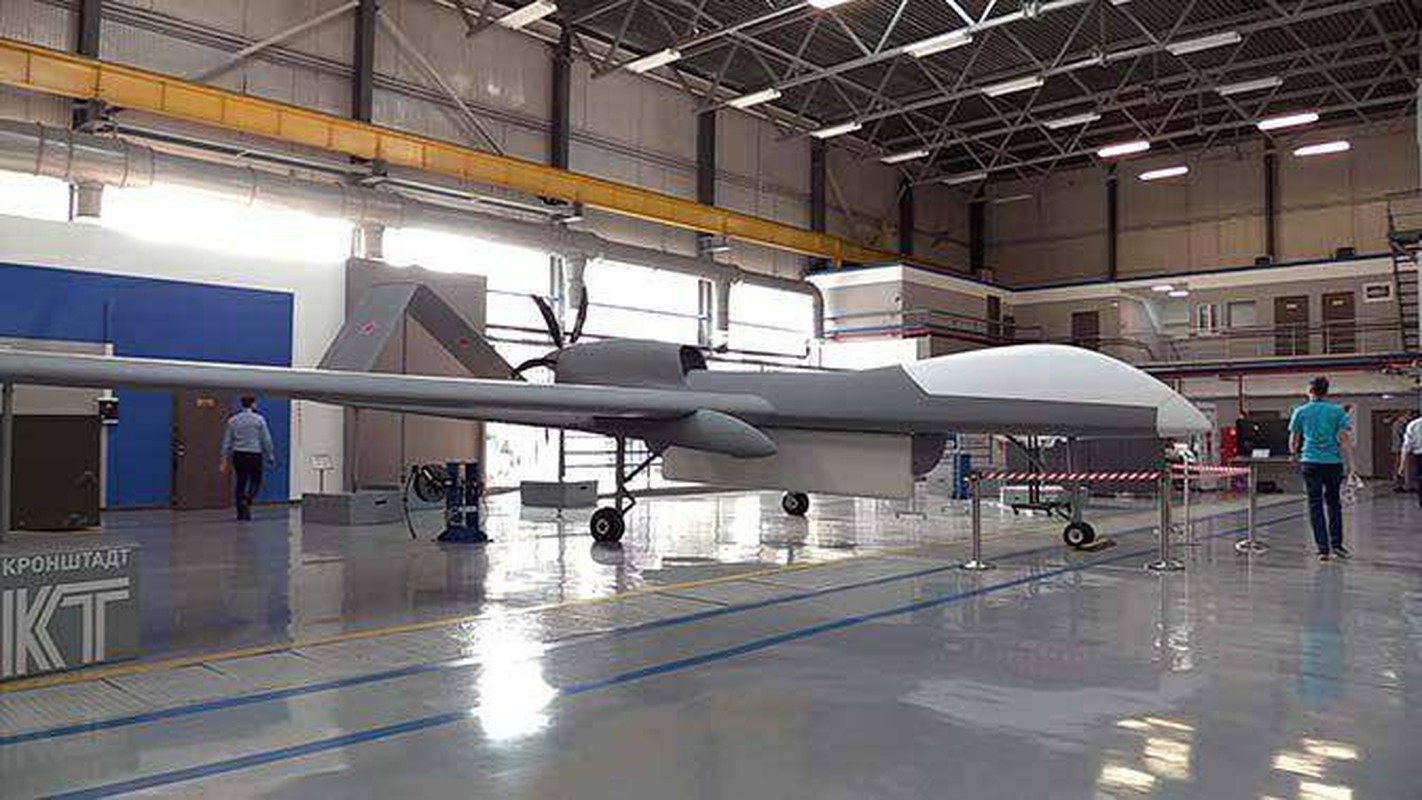
The “Orion” is Russia’s first medium-range surveillance drone, which can compete with the US “Predator”, China’s Rainbow-4 and Wing Loong-1.
The main indicators of the Orion UAV, the take-off weight is just over 1 ton, the use of an inexpensive and reliable piston gas engine, the continuous operation time can reach 24 hours, the maximum flight ceiling is 7,500 meters. It can carry a weight of 55 kg as a photoelectric vision system or a weapon; Maximum load is 200 kg.
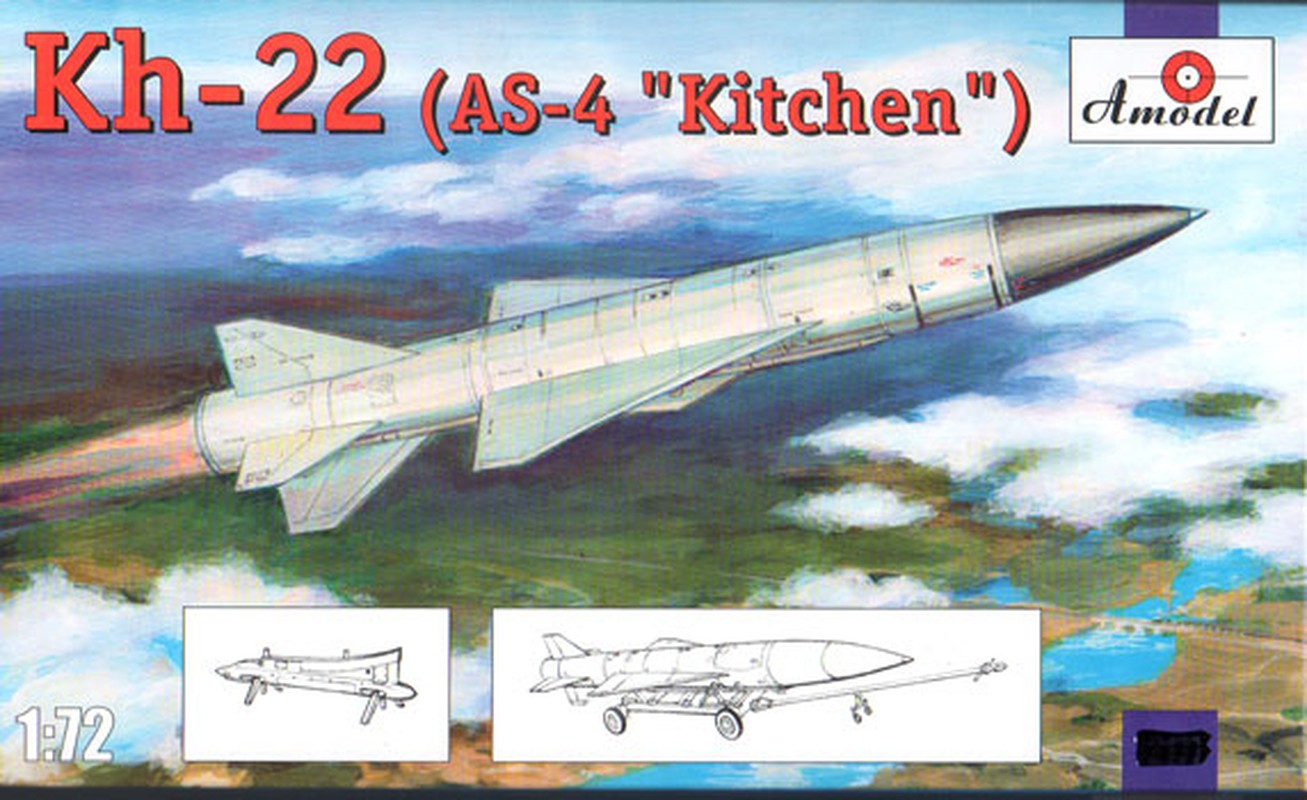
Although the Orion UAV was originally designed as a pure reconnaissance drone, the Russian Army still attaches great importance to its use, as an attack drone.
After a number of improvements, especially starting in 2019, the Orion UAV was brought to the Syrian battlefield for real combat testing. The current Orion UAV, which can mount six precision-guided weapons, is Russian-made.
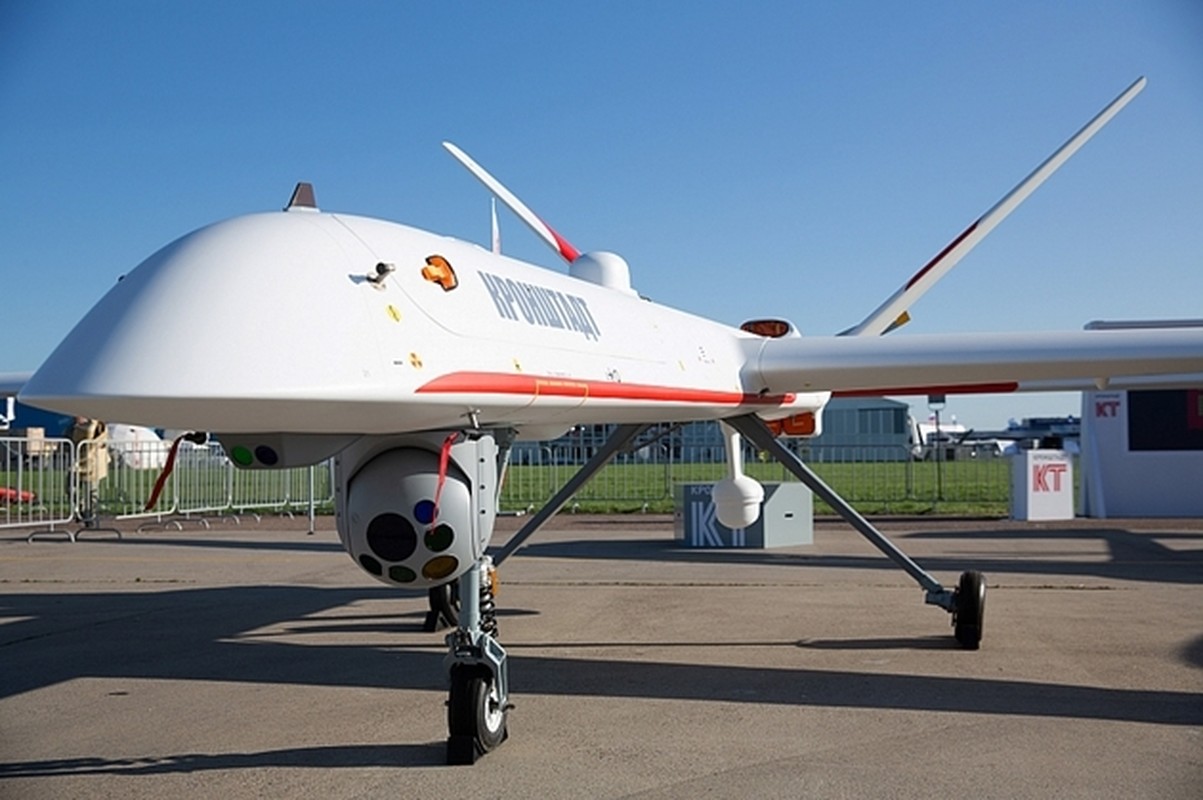
Weapons that the Orion UAV can use include KAB-20, KAB-50 guided bombs, UPAB-50 guided missiles and FAB-50 unguided guided missiles; Kh-50 Hairfasky semi-active laser-guided air-to-ground missile, newly developed specifically for the Orion UAV.
In the past, due to Russia’s lack of small, high-precision aviation weapons for UAVs; and the lack of small lethal aviation weapons is also the main reason why Russian attack UAVs are not widely used.
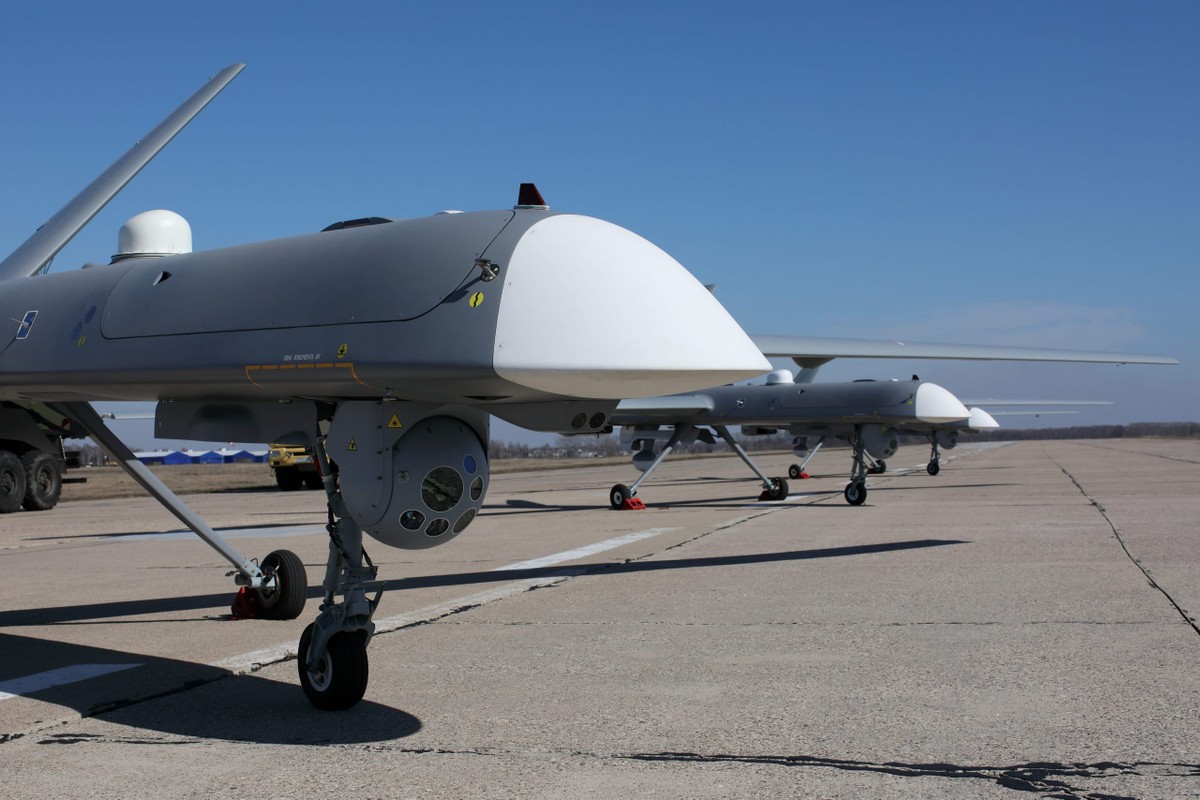
In general, the Orion UAV entered service with the Russian Army too late. In April 2020, the first batch of 3 Orion UAVs and 2 new UAV ground control cabins were delivered to the Russian Army, for the purpose of testing.
Currently, Orion UAV is still controlled directly by radio waves from the ground control station. But according to some information, in January of this year, the latest version of the Orion UAV, Orion- S, was equipped with a satellite control system; but this version is still in development.

This is also the main reason why “Orion-S” has barely appeared in the Russian-Ukrainian conflict so far. In the future, the Orion-S UAV can become a weapon for continuous surveillance on the battlefield and it has the ability to “find and destroy” ground targets.
And now, Orion UAV has shown its strength; however, when attacking ground targets, the Orion UAV must descend to launch air-to-ground missiles; However, Ukrainian shoulder-fired anti-aircraft missiles, still cannot reach the ceiling of the Orion UAV.
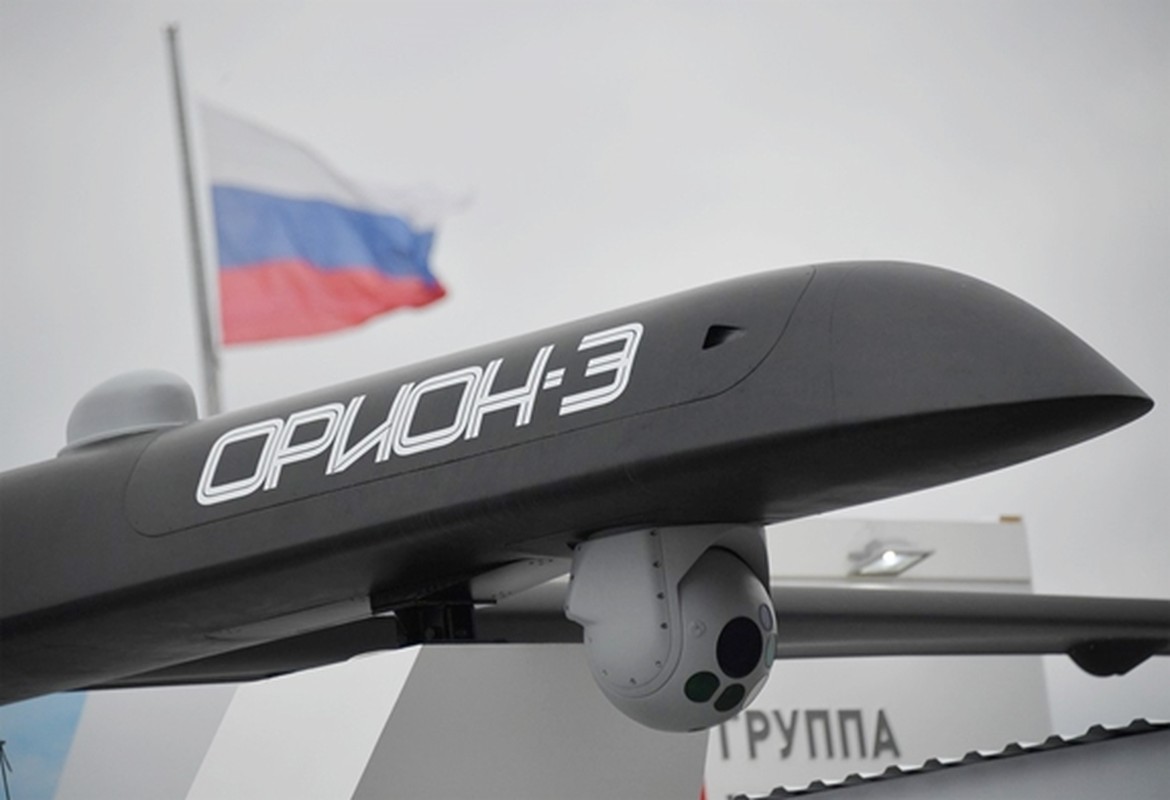
If the Russian-Ukrainian conflict continues, it is possible that in the near future, the Orion UAV will often appear, not only to monitor the battlefield, but also to attack the targets of the Russian Federation. Ukraine.























